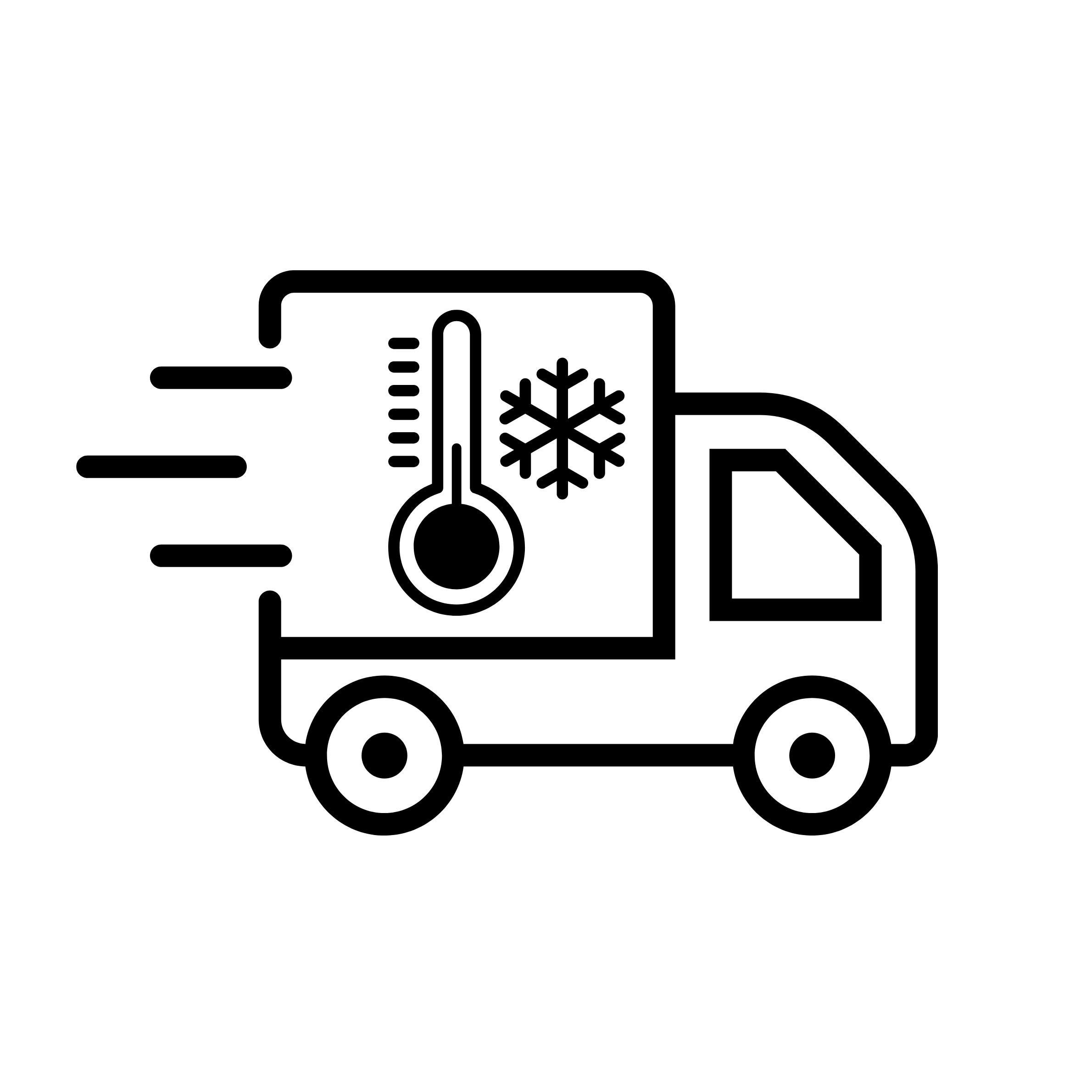 Key Considerations for Temperature-Sensitive Deliveries & Cold Storage
Key Considerations for Temperature-Sensitive Deliveries & Cold Storage
Key Considerations for Temperature-Sensitive Deliveries & Cold Storage
(A New Solution For You To Enhance Operation Productivity)
Introduction
Many logistics companies are facing growing challenges when it comes to managing temperature-sensitive deliveries and cold storage. With the rising demand for perishable goods like food, medicines, and chemicals, it’s more important than ever to keep these products at the right temperature during transport and storage. On top of that, strict government regulations, customer expectations for fast and reliable delivery, and the need to reduce product waste are pushing companies to look for better solutions. Modern technology, like real-time monitoring and energy-efficient cold storage, is becoming essential for companies to stay competitive and ensure their goods arrive in perfect conditions.
How do temperature monitoring systems work in cold chain logistics?
.png)
The system works by placing temperature sensors in the refrigerated containers, trucks, or storage units. These sensors measure the temperature at regular intervals and transmit the data to a central system, often through wireless networks like IoT (Internet of Things). The data is then displayed on a dashboard in real-time, allowing logistics managers to track the temperature conditions during transport. AGen Solution’s Delivery Tracking, for example, integrates this kind of technology, not only tracking the location of shipments but also monitoring the temperature inside the containers.
What happens if the temperature goes outside the safe range during delivery?
(1).png)
For perishable items like food, medicines or chemicals, even slight fluctuations in temperature can lead to spoilage, reduced effectiveness or contamination. That is why modern technology like AGen Solutions’ Delivery Tracking help companies avoid these problems. Delivery tracking systems come with real-time temperature monitoring, which allows companies to continuously check the temperature of goods throughout the entire journey. If the system detects that the temperature has shifted outside the safe range, it sends immediate alerts to the delivery team. This gives them the chance to take quick action, such as adjusting the refrigeration system or rerouting the shipment to a nearby cold storage facility.
How does Delivery Tracking work when a delivery is outside of network range?
(1).png)
• Offline Data Logging – Many tracking systems have offline data logging capabilities. Sensors can record temperature and location data when there is no network connection, and this data is uploaded once the network is re-established.
• Buffer Alerts – The systems can be set up to trigger alerts based on predefined thresholds, even when offline. When coverage is restored, these alerts are sent to notify relevant personnel of any issues that occurred during the outage.
• Regular Network Check – Logistics companies can plan routes and check network coverage in advance to minimize the chance of encountering areas without coverage. This proactive approach helps in avoiding long stretches without network access.
Conclusion
.png)
AGen Solutions’ Delivery Tracking is essential for any logistics company looking to enhance their operations. With benefits like efficient problem resolution, regulatory compliance, and operational efficiency, Delivery Tracking really helps companies minimize risks, reduce losses, and optimize their logistics processes. By investing in this technology, you can protect your products, maintaining your operations and offer a higher level of service to your customers.
By:
Stephanie
| Date:
21 Aug2024